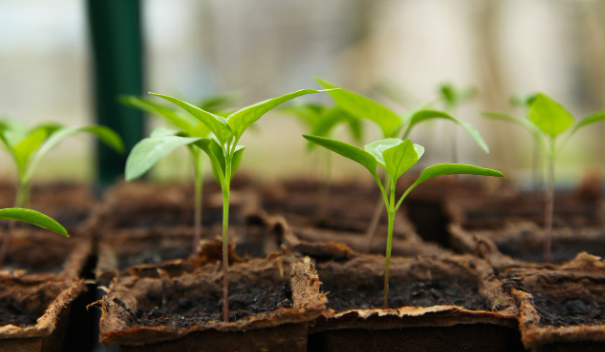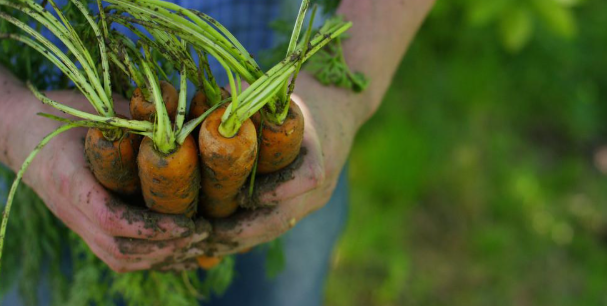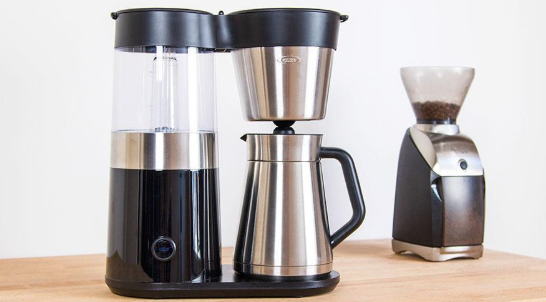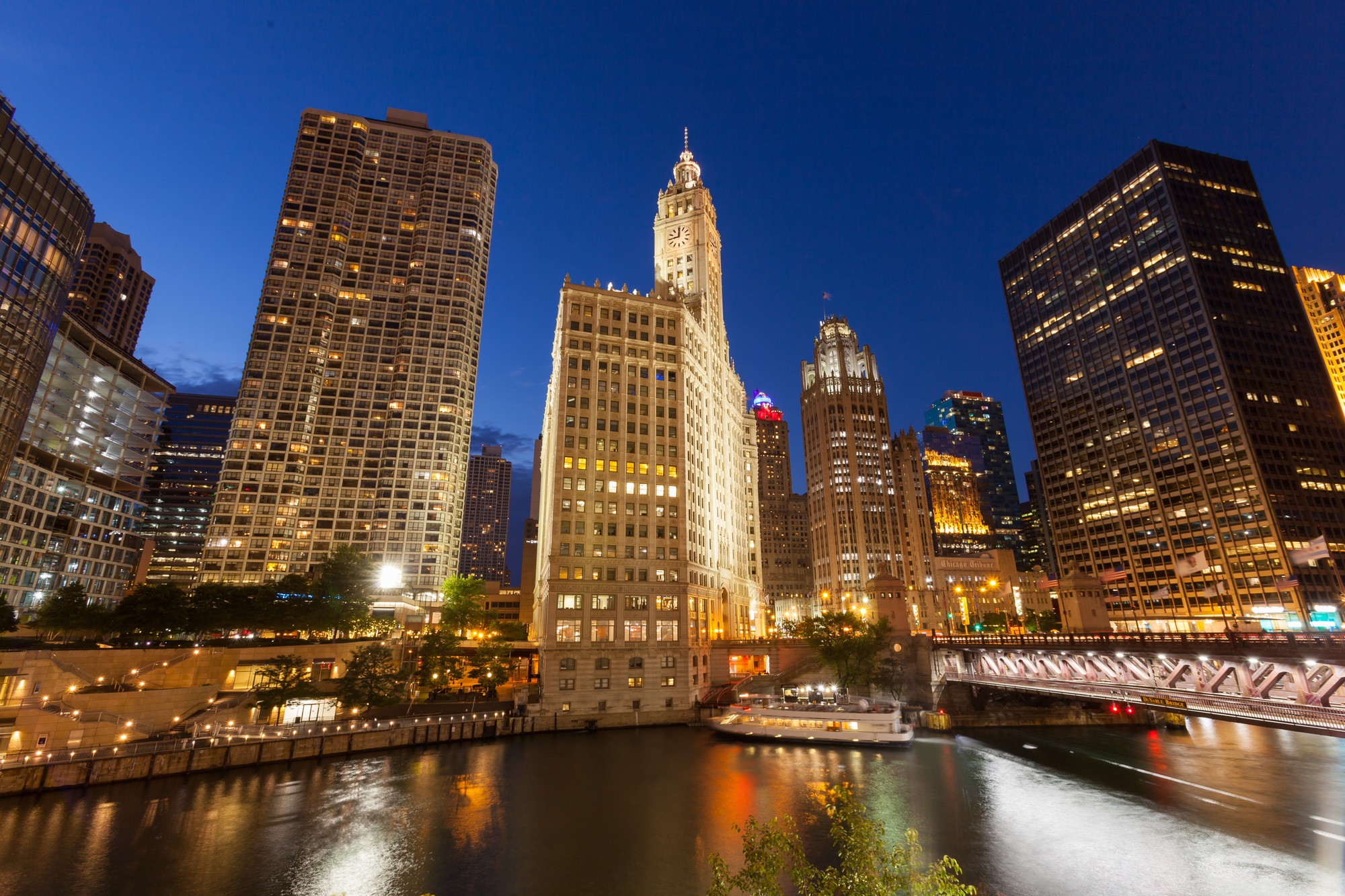If you, like many people nowadays, have started paying extra attention to the state of the planet, you’re surely looking for various ways how you can be more sustainable. Besides using your bike more and cutting down on single-use plastic, one eco-friendly hobby you can take up is gardening. While the activity is beneficial for the environment on its own, there are several tips that will help you make gardening even better for the planet. Take a look.
1. Start a garden
For starters, just dedicating one area of your home to some plants is a great way to be eco-friendly. No matter if you live in a house with a large yard or a tiny apartment with huge windows, you have an opportunity to grow some plants.
You get to choose from flowers, houseplants, herbs, veggies, and fruits and go with the plants that you can provide with the best conditions. However, even though gardening on a smaller scale is also beneficial, if you have a big yard, there are also some ways how you can ensure you are being extra green.
2. Plant trees
First of all, if you have a large yard, you can start by planting a tree or two. Not only will you receive perks like more shade and less noise but you will also be providing local wildlife with shelter. On the other hand, even tinier spaces can add trees as there are some smaller trees such as the Japanese maple and the diminutive Magnolia stellate that not only look amazing but provide you with all the benefits.
Of course, choosing trees that are native to your area is the best approach in order to allow them to thrive and to cut down on the carbon footprint that could be made by transporting them.
3. Grow your own herbs, fruits, and veggies
If you want something that requires a bit more work than simply planting a tree and pruning it from time to time, you should start growing your own vegetables, fruits, and herbs. Producing your own food is a big part of living sustainably as you will not be going to the store as often and you’ll be lowering the carbon footprint that the food will be leaving while making its way to the supermarket shelves and your table.
To have a successful garden, it’s important that you look into each plant’s requirements. For instance, some require full sun while others don’t mind shade. Then, some prefer spring’s moderate temperatures while others like summer. Something else that should play a role in deciding which plants you will grow is your family’s preferences. If you love carrots and berries, make sure you dedicate an area of your garden to these plants. Lastly, finding native plants will make your job much easier.
4. Choose native plants
No matter if you opt for trees, fruits, veggies, or all of them, you should be looking for native varieties. By opting for a plant that is indigenous to your area, you will not have to put extra work in just to help them succeed. For instance, they are already suited to your climate and soil type. They also thrive with the amount of rain they get, meaning that you will have to use less water. Moreover, natives provide wildlife, birds, and insects with food and shelter and they don’t need to be shipped from distant locations.
5. Opt for perennials
In addition to native plants, you can also make the most of your gardening efforts by opting for perennials. Finding those that are adapted to your region means that you will have plants that can thrive every year. Start by purchasing small perennials and watch them get bigger every year. Every few years, you should divide them and then you will have even more plants for your garden.
Source: Pixabay
6. Save your seeds
In order to save money and lower the carbon footprint of purchasing new plants, you should start saving your seeds. Many flowers, fruits, and veggies produce seeds that you can collect and store until spring. Then, you can sow them when the time comes without paying for new seeds or seedlings. When it comes to fruits and vegetables, peas, beans, peppers, and tomatoes are all great choices. Flowers that you can try this with include sunflower and morning glory.
7 . Be organic
Something that is important to keep in mind is the fact that not all gardening is organic gardening. For example, you might be using many fertilizers and pesticides that are full of chemicals that can be toxic to both you and the environment. Going organic means that you need to pay attention to the products you are using. One option is carefully reading all labels to ensure you are getting fertilizers and pesticides that don’t contain any harmful chemicals. Another option is looking for some natural ways of keeping pests away that don’t include chemicals. This approach is not only more green but cost-effective as well.
8 . Get a compost going
One way to be organic includes starting your own compost. By having your own compost, you will be minimizing your waste as everything from grass clipping and dried leaves to various scraps from the kitchen can be used. Once the compost pile is done, you can use it as a nutrient-rich fertilizer for your garden. What is more, compost can also attract a wide variety of critters that can be beneficial for both your garden and the environment. Even if you’ve never made compost before, don’t worry as it’s not difficult at all and you can find plenty of useful compost-making tutorials online.
9. Cut down on your waste
Composting is just one way how you can cut down on your waste. It’s actually quite easy to create unnecessary waste when taking care of your garden if you’re not paying attention to it. In order to be sustainable, you have to be aware of what you are doing. So, for instance, consider collecting rainwater rather than using tap water. Fallen leaves can be stored in a quiet corner and provide shelter for small animals. After they’ve decomposed, you can also use them as fertilizer.
10. Learn to reuse and recycle
Instead of piling up waste, you want to look into ways of reusing certain items around your garden. For example, black plastic pots cannot be recycled and they end up in landfills. To prevent polluting the planet, you should do your best to reuse the pots you already have as many times as you can. Moreover, when getting new plants, see if the nursery is willing to take them out of the plastic pots and put them in recycled paper so that you can safely take them home. Additionally, you can use old egg boxes and toilet paper cardboard rolls for seed-sowing, as they are biodegradable.
11. Use hand tools instead of gas-powered ones
Another way to cut down on pollution is by using hand tools for gardening. Gas-powered lawn mowers and leaf blowers pollute the air and using them often only increases your carbon footprint. Instead, you can look into electric or manual mowers. When it comes to taking care of your plants, Hoselink stand-up weed pullers, secateurs, forks, trowels, weeders, and various other hand tools will also be of the essence if you want to stay eco-friendly.
12. Conserve water
Besides looking for ways to collect rainwater, you want to conserve water in other ways as well. If the water in your area is scarce or restricted, this is even more important. For instance, you should look into plants that require less water, such as drought-tolerant shrubs and perennials. On the other hand, if you do get plants that need regular watering, you want to do it properly. Water the roots and not the leaves. Water early in the morning to prevent evaporation. Don’t water in the evening to prevent diseases. Make sure to find the best type of hose that will disperse the water just like your plants need.
Source: Pixabay
13. Get rid of your lawn
A way how you can cut down on your water use is by getting rid of your lawn, or at least a part of it. Sure, a healthy, green lawn looks gorgeous and attractive but it also takes up a lot of resources. Not only will you spend huge amounts of water but you also need to fertilize your lawn to keep it in top shape. Consider replacing it with low-maintenance ornamental grasses or groundcovers.
14. Let a section go wild
It’s only normal that you want your garden to be tidy and presentable. However, if your yard is too manicured, there will not be enough room for wildlife. You can let one section of the garden go wild so that it’s more attractive to critters and beneficial to the environment.
15. Don’t forget to mulch
Mulching is often overlooked even though it is a great way to prevent weeds from popping up. What is more, mulch can also hold moisture, which is very important in areas with water restrictions. Just two or three inches of mulch can make a huge difference. Sustainable options include pine needles, shredded bark, grass clipping, and cocoa bean hulls.
16. Invite wildlife
There’s been a lot of talk about wildlife. By providing local animals with some sort of shelter, you are playing your part in preserving the planet and all the creatures that live on it. When it comes to types of shelter, you can make some on your own such as bird and bat boxes or you can buy a premade bug hotel or hedgehog home, for example. You can also add a pond to your yard to attract beneficial insects, birds, and frogs.
17. Think about pollinators
We’ve been talking about the wildlife that you can help protect but you also shouldn’t forget about pollinators. With the recent decline in terms of the number of bees, you want to create a bee-friendly garden with plants that attract them and suit their feeding habits. Echinacea, buddleia, and foxgloves are all great options.
If you’re looking to be sustainable when gardening, remember to keep these 17 tips in mind.












